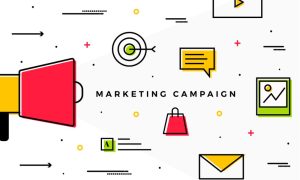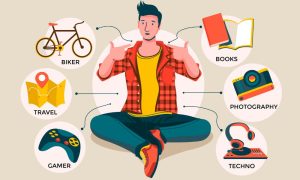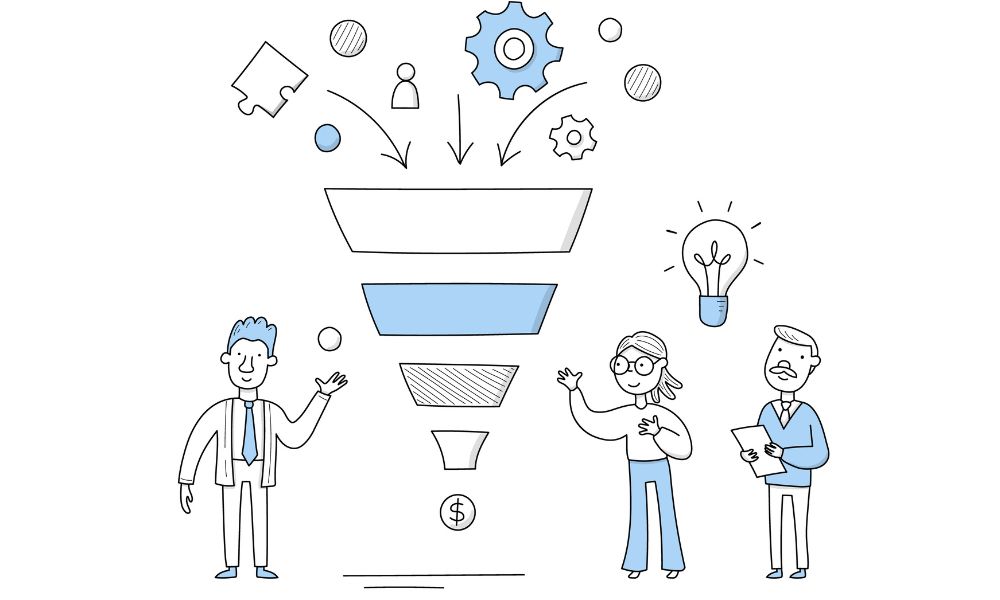
Most brands approach influencer marketing with a narrow focus. They launch a flashy campaign, drive some awareness, and then stop. The problem is that awareness alone doesn’t pay the bills. A customer who sees a post today won’t necessarily buy tomorrow.
That’s where the influencer marketing funnel comes in. Instead of treating influencer content as a one-off spark, the funnel turns it into a journey. From discovery at the top to conversion at the bottom, and even loyalty beyond the first sale, influencers can guide audiences step by step.
Think of it less as a single post and more as a series of touchpoints. Each one builds on the last, moving people from casual scrollers to engaged customers to advocates. In this guide, we’ll break down each stage of the influencer marketing funnel, show the types of influencers and content that work best, and give you a framework to build your own strategy.
Picture it like a path up a mountain: at each stage, a different type of influencer acts as your guide, from the one who points out the trailhead to the one who helps you take the final step at the summit.
Why the “Awareness-Only” Approach to the Influencer Marketing Funnel Leaves Money on the Table
Many brands fall into the trap of seeing influencers only as a megaphone for reach. They invest heavily at the top of the funnel, running campaigns that generate likes, impressions, and buzz but fail to connect those early sparks to the rest of the customer journey. The result is attention without action, visibility without sales.
Awareness is valuable, but it’s only the beginning. What truly drives growth is guiding that initial interest through the middle and bottom of the funnel. That’s where trust is built, questions are answered, and buying decisions are made. Without those steps, the funnel leaks, and potential customers slip away.
The opportunity lies in thinking of influencer marketing as a cohesive, story-driven journey. Instead of disconnected posts, each stage should build on the one before it, creating a narrative that moves audiences naturally from discovery to decision. When done well, the influencer marketing funnel doesn’t just generate attention; it orchestrates a path that leads customers home.
Meet Your New Tour Guides Through the Influencer Marketing Funnel
If the customer journey is a winding path up a mountain, influencers are the guides who help travelers take each step. Some clear the way at the start, others walk alongside to answer questions, and a few give the final encouragement needed to reach the summit. Together, they make the journey possible.
The Trailblazer (TOFU) – Creating Awareness at the Top of the Funnel
The Trailblazer is the influencer with the megaphone. Often a mega or macro creator, they shine a spotlight on your brand for the first time. Their job is to help customers discover the trail, to put your product or service on the map, and make sure people know it exists.
The Trusted Guide (MOFU) – Building Consideration in the Middle of the Funnel
Once people are on the path, they need reassurance. This is where the Trusted Guide comes in. Usually a niche or micro influencer, they answer questions, show how your product works, and provide the kind of trusted advice that builds confidence. Their role is education and encouragement in the “murky middle” where doubts often linger.
The Local Hero (BOFU) – Driving Conversions at the Bottom of the Funnel
At the summit sits the Local Hero. Think of micro or nano influencers who feel like a friend recommending a product they truly use. Their audience trusts them deeply, and that credibility provides the last push customers need to purchase.
The Fellow Traveler (Post-Purchase) – Loyalty and Advocacy Beyond the Funnel
The journey doesn’t end at the purchase. The Fellow Traveler is the satisfied customer who becomes an advocate. They share their stories, post authentic reviews, and inspire new travelers to begin their own journey. This stage turns buyers into long-term brand partners.
Visualizing the Mountain Path Funnel
A great way to make the funnel more memorable is through visuals. Instead of the usual triangle diagram that most blogs use, imagine a winding path up a mountain. Along the way, different types of influencers step in as guides to help the customer reach the summit.
- Trailblazer (TOFU) → Awareness: The loud voice at the trailhead, showing people the way forward.
- Trusted Guide (MOFU) → Consideration: The experienced partner walking beside the traveler, answering questions and building trust.
- Local Hero (BOFU) → Conversion: The friendly face at the summit village, giving reassurance to take the final step.
- Fellow Traveler (Advocacy) → Loyalty: The customer-turned-advocate who shares their own stories and encourages new travelers to start the journey.
This metaphor can be brought to life in a branded graphic, a mountain path with each stage clearly marked and illustrated with character icons. It makes the funnel easier to explain, more shareable, and distinct from competitors who stick to generic funnel charts.
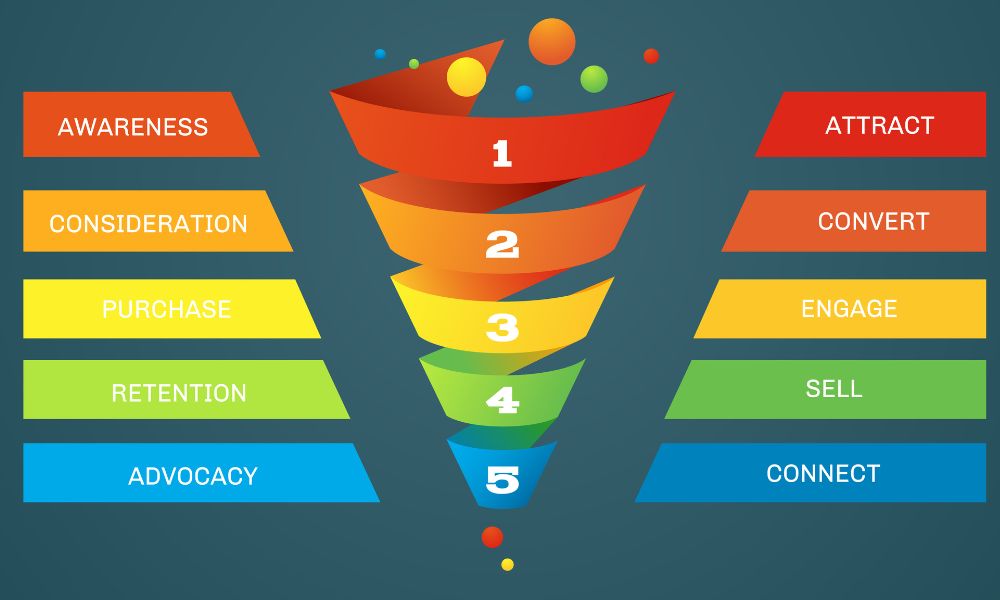
Stage 1: Discovery at the Top of the Influencer Marketing Funnel (TOFU)
The first step in the journey is simple: getting noticed. At this stage, customers are not ready to buy. They’re scrolling, curious, and open to new ideas. Your job here isn’t to sell but to spark recognition and plant the seed of interest. That’s where Trailblazers, the influencers who can broadcast your brand to wide audiences, come into play.
Goals at This Stage: The Goal Isn’t Sales, It’s Visibility and Curiosity
The top of the funnel is about showing up where your audience already spends time. Instead of pushing for conversions, focus on being seen and remembered. The key metrics here include reach, impressions, video views, and profile visits. These signals tell you how effectively your brand is entering new feeds and conversations.
Best Content Formats: Content That Captivates at the Awareness Stage
Awareness grows when the content feels organic and entertaining. The most effective formats often blend your product into moments audiences want to watch and share:
- Unboxing videos & hauls – the thrill of first impressions, where curiosity drives views.
- Lifestyle shots – weaving your brand into aspirational scenarios that feel natural.
- Branded hashtag challenges – inviting mass participation and turning discovery into community.
Best Influencers to Partner With: The Trailblazer Influencer
At TOFU, mega and macro influencers are your Trailblazers. Their role isn’t depth but reach. With large followings and polished content, they can put your brand in front of millions quickly. Their shoutouts act as the first marker on the trail, signaling that your brand is worth exploring.
In Action: Rhode’s 100,000-Waitlist Beauty Launch
Rhode, founded by Hailey Bieber, built a waitlist of over 100,000 before its official product drop. Instead of pushing sales too early, the brand leaned on influencer-style teasers and social storytelling to spark curiosity. The result was massive anticipation and a sold-out launch within days.
Stage 2: Consideration in the Middle of the Influencer Marketing Funnel (MOFU) – Building Trust in the Murky Middle
Awareness sparks interest, but curiosity doesn’t always lead to purchase. At this stage, audiences know your brand exists, but they still have questions. Is the product worth it? Does it solve their problem? Can they trust you? This is where influencers act as Trusted Guides, walking beside potential customers and showing them the way forward.
Goals at This Stage: Nurturing “Maybe” into “Yes”
The middle of the funnel is about depth. Rather than chasing views, the goal here is to build trust and credibility. Metrics that matter include engagement rate, click-through rate, time spent on site, and lead form sign-ups. These signals show whether the audience is considering your product seriously.
Best Content Formats: Content That Converts Skeptics into Believers
- How-tos & tutorials – showing exactly how a product fits into daily life.
- Informational livestreams & FAQs – letting influencers address common questions in real time.
- Behind-the-scenes content – humanizing your brand by pulling back the curtain.
- Comparison posts – showing why your product is the better choice in a crowded market.
This type of content helps audiences move from passive curiosity to active consideration.
Best Influencers to Partner With: The Trusted Guide Influencer
At MOFU, authority matters more than reach. Niche micro and mid-tier influencers excel here because their audience sees them as subject-matter experts. Their reviews, tutorials, and Q&As feel authentic, which reduces hesitation and builds credibility for your brand.
In Action: How Gymshark Used Tutorials to Nurture Trust
Gymshark, one of the most successful fitness apparel brands, has consistently relied on influencers to bridge the consideration stage. Instead of just showing athletes wearing the products, Gymshark partners with fitness creators to produce workout tutorials, live Q&As, and educational posts. These guides answer questions about comfort, durability, and performance, helping “maybe” customers turn into loyal buyers.
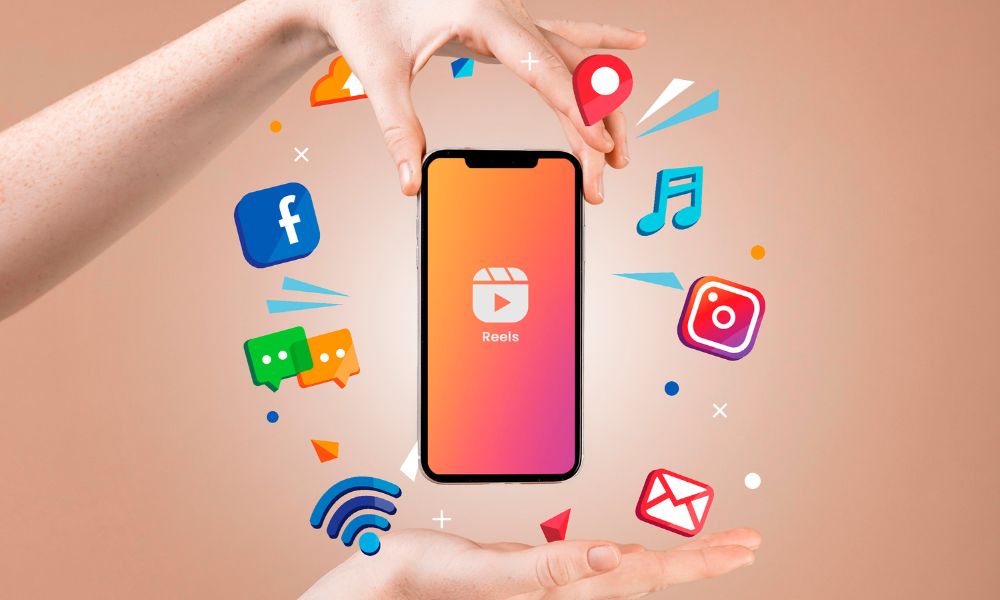
Stage 3: Conversion at the Bottom of the Influencer Marketing Funnel (BOFU) – Sealing the Deal with Social Proof
At the bottom of the funnel, customers are standing at the edge of the decision. They’ve seen the product, they’ve read reviews, and they’re almost ready to buy. But hesitation remains, is it really worth it? Will it deliver as promised? This is where influencers step in as Local Heroes, providing trusted reassurance that tips the balance.
Goals at This Stage: Overcoming Purchase Anxiety
The goals here are straightforward: conversions, sales, and promotional uptake. The metrics that matter include discount code redemptions, tracked affiliate link sales, and conversion rates. Success at this stage is measured in transactions, not just clicks.
Best Content Formats: The Power of Peer Validation
- In-depth product reviews – influencers testing the product thoroughly and showing results.
- User-generated testimonials – real customers sharing authentic experiences.
- Exclusive offers & promotions – influencer-specific codes or bundles that create urgency.
This stage is about providing reassurance while making it easy to take action.
Best Influencers to Partner With: The Local Hero Influencer
Micro and nano influencers shine here. Their audiences treat them like trusted friends, and their recommendations carry personal weight. A discount code or testimonial from a Local Hero feels far more persuasive than a polished ad.
In Action: How Daniel Wellington Drove Global Conversions with Micro-Influencers
Daniel Wellington, the watch brand, built its empire by partnering with thousands of micro-influencers worldwide. Instead of relying on a handful of big names, they gave smaller creators unique discount codes and encouraged authentic product showcases. This grassroots approach drove direct conversions at scale, making Daniel Wellington one of the clearest examples of influencer-led BOFU success.
The Secret Stage: Loyalty and Advocacy in the Influencer Marketing Funnel
Most funnels end at the sale, but in reality, that’s just the start of a new cycle. The moment a customer buys, they have the potential to become more than a buyer, they can become a Fellow Traveler who spreads the word and inspires others to follow the same path.
Goals at This Stage: Turning Customers into Your Most Powerful Marketing Asset
A happy customer is often more persuasive than a paid campaign. Their reviews, posts, and recommendations carry an authenticity that no ad can replicate. By encouraging and amplifying this kind of advocacy, brands can create a loop where customers fuel fresh awareness, restarting the funnel with credibility already built in.
How to Foster Advocacy
- Repurpose UGC: Share customer photos, videos, or testimonials on your brand’s official channels. Always credit the creator.
- Create an affiliate or ambassador program: Turn loyal buyers into partners who earn rewards for spreading the word.
- Feature customer stories: Highlight authentic experiences in your content, reinforcing trust.
- Invite top customers to collaborate: Some of your best advocates may evolve into micro-influencers or long-term brand ambassadors.
When done well, the advocacy stage becomes a growth engine. Instead of spending all your resources on constant awareness campaigns, your community carries part of the weight, recommending your brand with trust and passion.
Best Content Formats
- User-generated content (UGC) – reposting customer photos, videos, or testimonials with credit.
- Customer spotlights – highlighting authentic stories that reinforce trust.
- Affiliate and ambassador programs – turning loyal buyers into paid advocates.
- Collaborations with superfans – giving your best customers a seat at the table in product or campaign development.
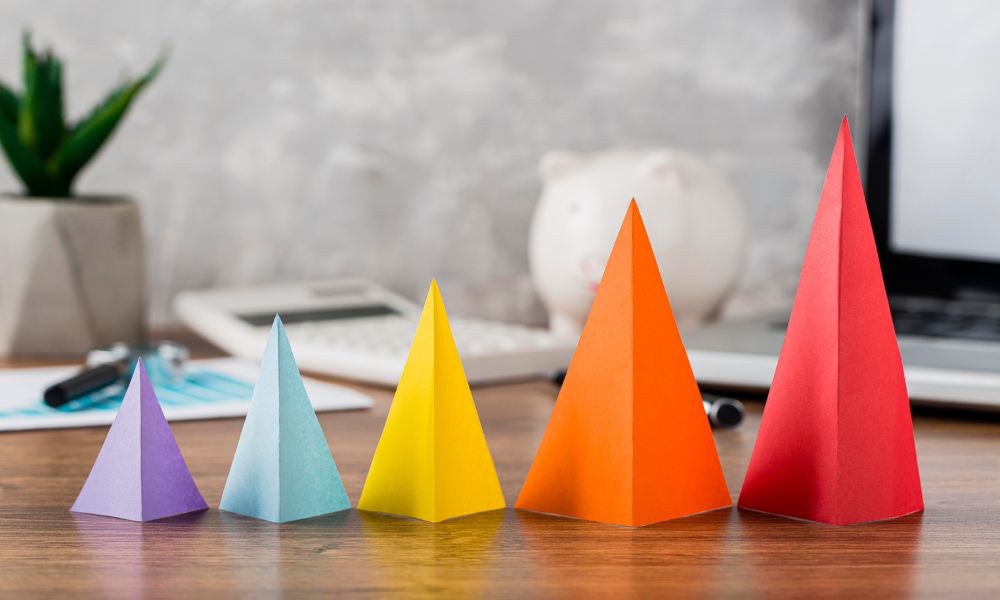
Your 5-Step Blueprint to Building a Full-Funnel Influencer Strategy
A funnel isn’t just a theory. It’s a map you can follow to make influencer marketing more structured and more effective. Think of this blueprint as the compass that helps you match the right influencer, the right content, and the right stage of the journey.
Step 1: Map Your Customer’s Journey
Before bringing influencers on board, define the path your customers take. Where do they first discover your brand? What questions do they ask before making a decision? What reassurance do they need before buying? Clear answers here will guide every other step.
Step 2: Match the Influencer to the Funnel Stage
Trailblazers spark awareness, Trusted Guides nurture consideration, Local Heroes drive conversions, and Fellow Travelers fuel loyalty. Assign influencers to the stage where their voice has the most impact instead of trying to use one influencer for every role.
Step 3: Brief for the Stage, Not Just the Product
The content brief for an unboxing video should look very different from a testimonial review. Align your instructions with the funnel stage. At the top, focus on visibility and curiosity. In the middle, prioritize education and trust. At the bottom, provide proof and urgency.
Step 4: Arm Them with Trackable Tools
Give influencers the tools to make measurement clear. Unique discount codes, affiliate links, and UTM parameters allow you to see what content and which creators actually drive results. Tracking is what turns storytelling into data you can act on.
Step 5: Measure, Learn, and Optimize the Journey
Look at the funnel as a whole. Did your awareness campaign bring the right audience into the middle? Did your tutorials increase conversions later? Did your advocates create new cycles of awareness? By connecting the dots, you can refine the journey and improve each campaign over time.
Tools to Optimize Your Influencer Marketing Funnel
Even the best funnel design needs the right tools to bring it to life. Without reliable data, campaign organization, and performance tracking, it’s difficult to know if your influencer strategy is truly working. That’s where Hypefy’s platform and services can make a difference.
Discovery Tools: Hypefy Influencer Discovery Tool
The first step in any funnel is finding the right voices. Hypefy’s discovery tool helps you search, filter, and analyze influencers based on real engagement data, not just follower counts. This means you can identify the Trailblazers, Trusted Guides, and Local Heroes who will have the most impact at each funnel stage.
Campaign Management: Hypefy Influencer Marketing Agency
Coordinating campaigns across different influencers and funnel stages can quickly become complex. Hypefy’s influencer marketing agency tool helps you design, launch, and manage influencer campaigns from start to finish. We handle the details so you can focus on strategy, storytelling, and growth.
Analytics Dashboards & A/B Testing
A full-funnel strategy only works if you measure every stage. With analytics dashboards, you can track performance from awareness to advocacy and see exactly which creators and content formats drive results. Layer in A/B testing to refine your approach, and your funnel becomes a living system that improves with every campaign.
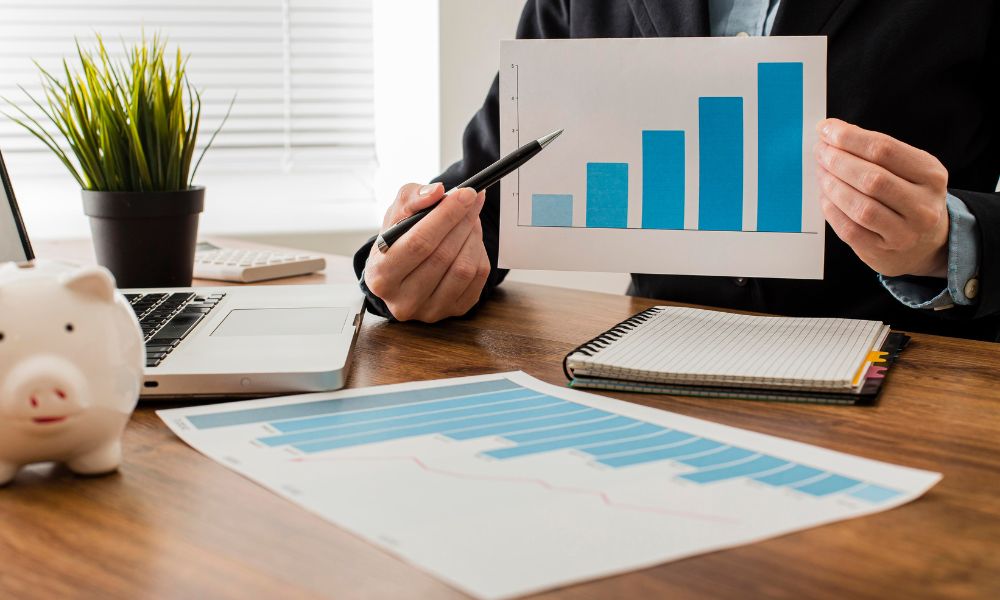
Key Takeaway: Stop Sponsoring Posts, Start Orchestrating Journeys
Most brands treat influencer marketing like a billboard, pay for a post, count the likes, and hope for the best. The real power lies in thinking bigger. Influencer marketing is not a single shout into the void but a story told across stages, guiding audiences from first glance to long-term loyalty.
The influencer marketing funnel gives you the structure to make that story work. Trailblazers capture attention, Trusted Guides nurture trust, Local Heroes give the final push, and Fellow Travelers keep the journey going with advocacy. Together, they form a system where every touchpoint matters.
When you see influencers as guides instead of one-time megaphones, you stop chasing fleeting awareness and start building lasting connections. The result is a journey that doesn’t just move people through a funnel but makes them feel like part of something bigger.
If you are ready to turn posts into journeys, explore the tools and services that can help you build smarter funnels:
- Hypefy Influencer Hiring Platform – Hire influencers across niches like travel, beauty, food, gaming, and more.
- Hypefy Global Influencer Marketing Agency – Run full-service influencer campaigns with local expertise in markets worldwide.

